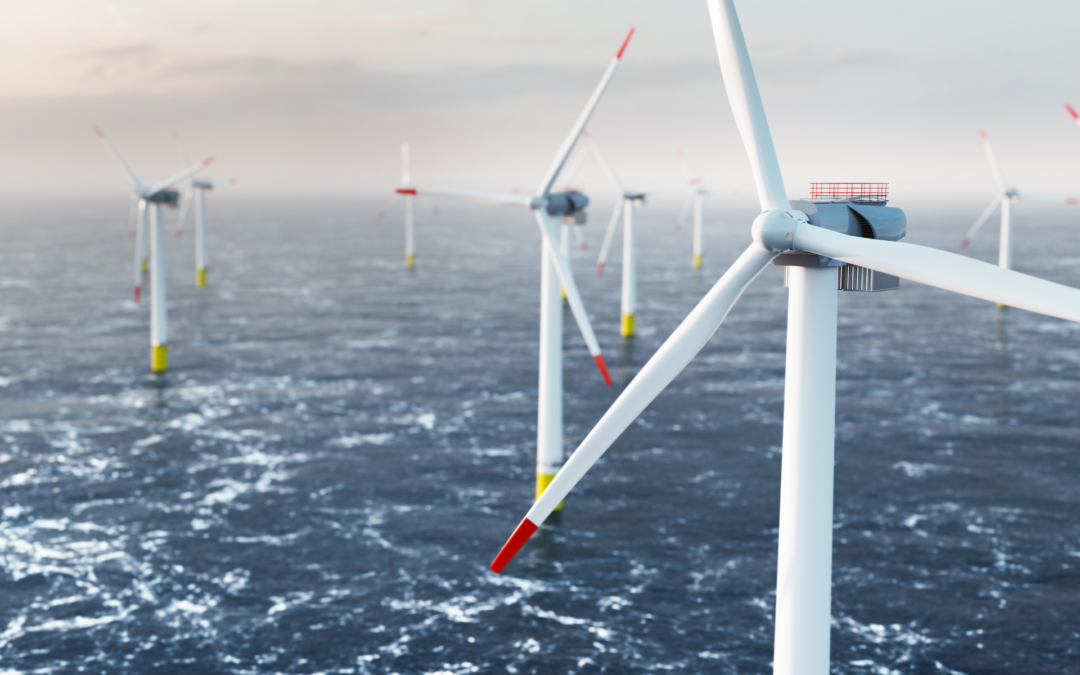Offshore wind energy in Spain is on the threshold of an unprecedented era of growth and development. With the ambitious goal of the National Integrated Plan for Energy and Climate (PNIEC) to install 3 GW of offshore wind capacity by 2030, the country is positioning itself to be a world leader in this emerging sector. This development promises not only to advance in energy sustainability but also to significantly boost the national economy.
Recently, the 2nd Offshore Wind Congress in Las Palmas de Gran Canaria became a key meeting point for over 400 sector experts. This event underscored the importance of establishing a solid regulatory framework and effective planning for the development of Spain’s first offshore wind farms. Additionally, the need to drive innovation and efficiency in the design, construction, and operation of these parks was highlighted, emphasizing the importance of environmental sustainability and social acceptance.
Spain already has a robust industrial fabric and advanced logistical infrastructure, capable of absorbing much of the value chain of offshore wind technology. This industrial potential, combined with disruptive floating technology, will not only allow the country to achieve its energy and climate objectives but also strengthen its economy through the creation of qualified jobs and increased exports. According to the White Paper on Offshore Wind Industry in Spain, published by the Wind Energy Business Association, offshore wind is expected to contribute more than 10 billion euros to the Spanish GDP between 2025 and 2030, generating over 7,500 jobs.
The development of offshore wind energy in Spain is not just a matter of technological and economic advancement but also an opportunity to lead in a growing sector globally. With training, adequate support, and a firm commitment to innovation and sustainability, Spain is on its way to becoming a global benchmark in offshore wind energy.
